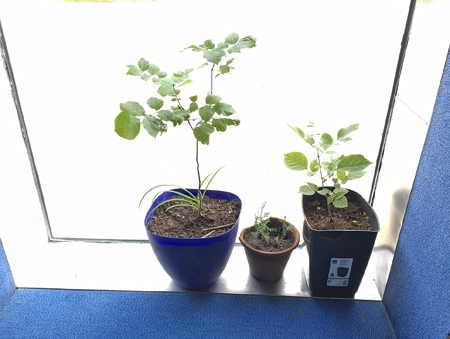What would make you:
Punch someone?
Explode in a rage?
Go on a shooting rampage?
I’m fascinated by what makes people tick.
And so an article caught my attention exploring the inner workings of an ‘almost’ mass shooter – “Trunk” (short for “Trunk full of guns”) was thankfully stopped before any shooting could happen. And he subsequently spent years in prison for what he had planned.
In the article, Trunk shares what was going on in his life at the time he was planning to cause destruction.
Illuminating.
He was a good kid. He was shy (or ‘bashful.’) He felt alone. He didn’t feel heard. This boy was the invisible child in the class that was often overlooked or asked to be quiet.
I see this often at schools:
• Two years ago I wrote a blog post with a story of a Grade Six good student who exploded at recess one day – hurling a discarded bag of dog feces across the school yard.
• One of my kind students uncharacteristically hit a classmate. Where did that come from? It took some investigating to find out.
• In another school, a gentle boy punched a classmate. Hard. Why? It seems he had been quietly internalizing taunts for a long time from a vocal boy with behavioural challenges.
In the article, ‘Trunk‘ expands on the idea of feeling like an outcast: “If you’ve ever been on the side of the fence where you are an outcast, it hurts. Why me? Why do they get to have all the fun? … He wanted so much to be accepted, he was willing to kill other people.”
The article bluntly summarizes: “A threat-assessment team could have intervened before [Trunk] had to begin his life as ‘Trunk Full of Guns.’ But no one came near him—no teacher, no school psychologist, no parent. The threat that he presented remained un-assessed.”
And there lies a clue to avoiding further explosions in the classrooms, schools or workplaces:
• Listen.
• Take time to notice little things.
• Connect with all individuals.
One teacher made this connection and she spends time each week looking for patterns in behaviour to support her students needs.
How?
She asks her students to write 4 names with whom they would like to sit to develop the weekly seating plan. Why? It helps her define social patterns in class – who is left out… who wants to be included and who is being excluded.
Her process is time consuming in an already busy schedule but helps ensure students are heard, included and supported. The benefit is huge. Societal well-being supports the whole community. If people feel included and worthwhile their need for destructive attention seeking activities is minimized.
When governments cut resources – including teachers and support workers – the true cost is often hidden. Missing the needs of the overlooked, lonely, disgruntled or “quiet” student has enormous costs down the road, as Trunk’s story suggests.
Supporting people (and students), properly, costs money. The cost of not supporting people properly is greater, by far.








